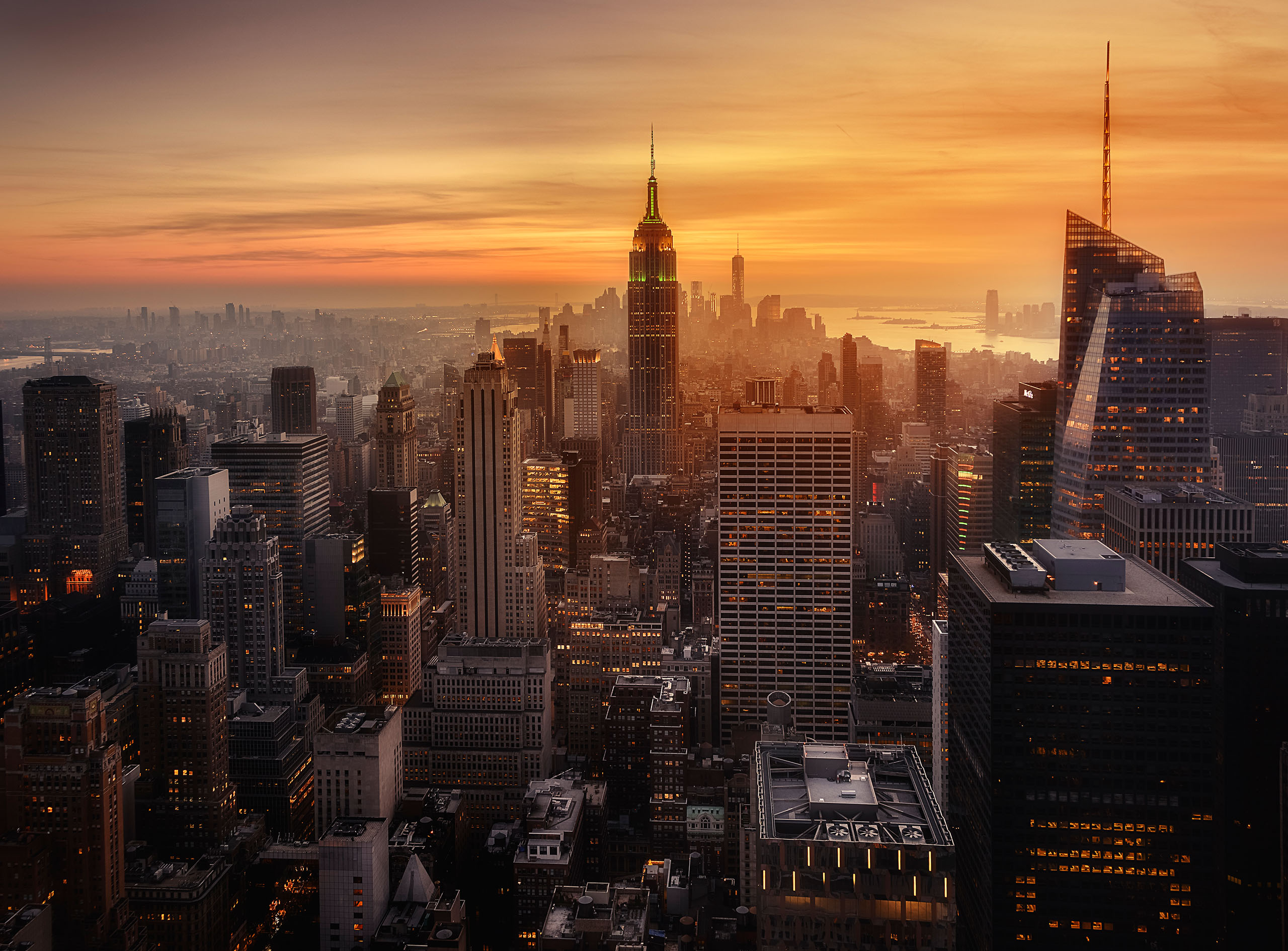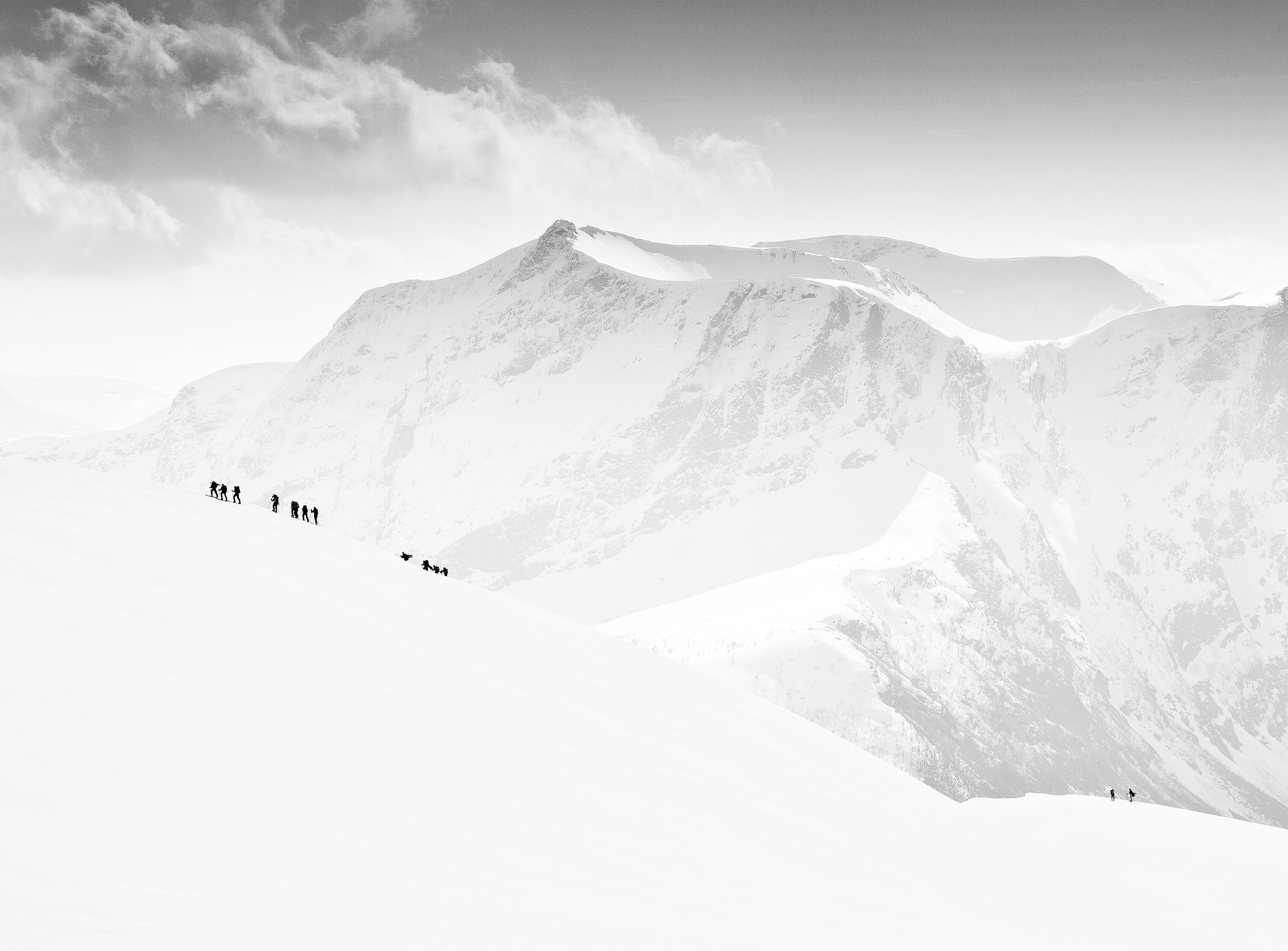SEARCH






|
|
|
|


by Editor Miro Susta
Edited and published by Yvette Depaepe, the 4th of July 2025
The title of this article is taken from a lesson written by Sir C. V. Raman, who won the Nobel Prize for Physics in 1930. He emphasised the importance of water, the world's most common liquid.
Water is often associated with summer. Many people are drawn to it on sweltering days, but what do we really know about it?
'Playing with splash' by Angela Muliani Hartojo
Water, a compound of hydrogen and oxygen, is essential for all known living organisms on Earth. It occurs in various forms: liquid, solid (ice) and gas (fog, mist or steam). It plays a significant role in the water cycle, which describes the natural movement of water on, under and above the Earth's surface. Water is important not only for drinking, but also for many industrial processes. It is the source of life for all living things on our planet and is essential for shipping. Finally, we should not overlook the fact that there is nothing better than relaxing by or in water whenever we need to rest.
'... Kirkjufell' by Raymond Hoffmann
Around 71% of the Earth's surface is covered by water, primarily in the form of seas and oceans. This water reflects sunlight, giving the planet its characteristic blue appearance when viewed from space. This is why it is called the 'Blue Planet'.
'Night Mirror' by Szabo Zsolt Andras
In the past, easy access to water was extremely rare. Consequently, people often settled near streams, rivers and lakes. Over time, they developed various technologies and methods to maximise water availability and utilisation, and to improve their quality of life.
Washing hair by Adam Wong
The Mayans, Egyptians, Romans and Greeks developed new water-based technologies, such as the use of stones to purify water in ancient Egypt, the hydraulic wheel of Perachora, and water mills, which were invented by the ancient Greeks. Ancient Rome was famous for its aqueducts, and the Romans also used water in the process of prospecting for gold. The ancient Maya came up with an incredible system of water storage and distribution in the ancient city of Tikal, consisting of canals to collect water and numerous tanks with a capacity of several thousand litres.
'The Mill' by Catherine Wang
Another historical example is the water supply system at Masada Hill Fort on the Dead Sea, which was built around the year 15 BC. To ensure a consistent water supply to the fortress at a higher altitude, a series of cisterns were constructed and an ingenious rainwater collection system was installed.
'Dreams from Underworld Vll' by Dani Babitz
If we had a reserve of water, humans would be able to survive for some time. However, plants and trees would gradually start to dry up. The whole area would turn into a desert.
'Sunrise at White Mountains CA' by Wanghan Li
Without the oceans, all the animals, birds and insects would become extinct. Without the oceans, the average temperature would start to rise. It would eventually stabilise at around 67°C.
'War with the Sky' by Marc Adamus
Water is essential for life to form, and it is found in all living things on our planet. Water is so abundant on Earth that it might appear to be an ordinary, common natural substance. However, this is not the case.
'Blue Heron and Hooded Merganser' by Songhu Yan
Our planet is becoming progressively saltier due to human activity. This is according to a recently published study by scientists from the University of Maryland and other American universities. They say that not only is fresh water becoming saltier, but so too is soil and air. If this trend continues, it could pose an existential threat to humanity.
'Salty tongue (Salt Lake)' by Shenshen Dou
Freshwater accounts for only a tiny percentage of the water on Earth's surface. However, wherever it gathers, it creates a rich habitat for living organisms.
'Painting of Nature' by hardibudi
Spa Pool, Hamersley Gorge by Ignacio Palacios
Freshwater habitats can be found almost everywhere in the world, from the equator to the poles. Freshwater life is almost completely absent only in deserts, where water is scarce, and in polar regions, where water freezes to ice.
'The Wave' by Jianping Yang
Rivers are particularly important for the distribution and utilisation of fresh water. They usually originate high in the mountains, where rainfall and groundwater form smaller streams that develop into larger rivers. In the upper reaches, the water is usually cool and crystal clear as it flows over boulders and gravel. Sometimes, it cascades down rapids and waterfalls.
'The beams of light' by Larry Deng
'Fishing over the falls' by Miro Susta
As the river emerges from the uplands, its gradient becomes much gentler and it begins to meander, depositing sand and flowing slowly in pools. As it approaches the sea, the river deepens and flows more smoothly, meandering across wide plains that often flood.
'Thousands of turns' by Romantic Li
While there is no exact, widely accepted figure for the total number of rivers in the world, the United States Geological Survey estimates it to be well over three million.
'flow flow onward' by Judith Kuhn
The Nile, stretching almost 6,700 kilometres from Lake Victoria to the Mediterranean Sea, is considered the longest river in the world. It flows through eight countries in eastern and northern Africa.
'sunrise on the Nile' by Piet Flour
Water is also a particularly important mode of transport for freight and passengers, and is one of the most environmentally friendly. In continental regions, water transport mainly uses rivers, artificial canals, lakes and reservoirs.
'Fruits carrying cargo ship' by SM Mostafijur Rahman
Globally, the seas and oceans are extensively used for shipping. Maritime transport is crucial for shipping petroleum products, liquefied natural gas, containerised cargo, construction materials, and agricultural produce around the world.
'Tetris' by Dmitry Skvortsov
Can water be a photographer's assistant? Yes, with the help of light, water can create fascinating images. When a beautiful object is reflected in calm water, its beauty is doubled. This is because light rays are reflected from the water's surface, which acts like a mirror — day and night.
'Torres del Paine National Park' Jeffrey C. Sink
'Reflections of the past …' by Yvette Depaepe
'Kilchurn Castle' by Daniel Springgay
Rain is crucial for the Earth's water supply. It is the primary source of fresh water and plays a significant role in recharging groundwater, which forms the basis of our drinking water.
'Elephant in a rainstorm at sunset' by Xavier Ortega
And let us not forget snow and ice, which are important components of the water cycle and are water in its solid state. We are familiar with snow and ice in winter landscapes, on firn-covered mountains and in the form of fascinating glaciers. The following pictures showcase the beauty and variety of frozen water in all its forms.
'Ice river' by Miro Susta
'Ice Wonderland' by Larry Deng
'Kiilopää - Lapland' by Christian Schweiger
Some selected interesting facts about water are listed below:
· In total, about 96% of the water on our planet is saltwater in the seas and oceans, and only about 4% is freshwater.
· Around three-quarters of the surface of our globe is covered by water. If the Earth's surface were completely flat, it would be covered by water up to 3,700 metres.
· The Earth is a closed ecological system and rarely gains or loses mass. This means that today we have the same amount of water available to us as the dinosaurs had millions of years ago.
· There is still more water in the Earth's atmosphere than in all the seas, oceans and rivers combined.
· With an average consumption of two litres of water per day, a person drinks approximately 60,000 litres of water in a whole lifetime. This is the amount of water that would fill a swimming pool ten metres long and four metres wide with a depth of one and a half metres.
· Russia's Lake Baikal holds a full fifth of all the unfrozen fresh water on the planet.
· A single average-sized tree evaporates one hundred litres of water into the air every day.
· In less developed countries, agriculture uses the most water - up to 80%.
· In the industrial countries, factories consume enormous amounts of water. For example, it is estimated that in the USA it takes about thirty-eight million litres of water to produce one car, while in Canada it takes about 180 thousand litres of water to produce one tonne of printing paper.
· But water itself can also have deadly effects. It is an element that, like fire or wind, can take on gigantic proportions and killing power. Think of the tragedy in south-west Asia caused by the tsunami.
· The ancient Romans had better water quality than half of the world's population today.
· The three places with the highest water salinity are listed below:
Gaet'ale Pond in Ethiopia, salinity ±43 %
Don Juan Pond in Antarctica, salinity ±40 %
Retba Lake in Senegal, salinity ±40 %.
For comparison: the salinity of the famous Dead Sea is 33-34 %, and the salinity of the world's oceans is between 3 and 4 %.
· From 1993 the World Water Day is annually celebrated on 22 March
'Nature Study' by Bragi Ingibergsson - BRIN
In conclusion, it is important to remember that many people around the world take water for granted and, as a result, it is often wasted. All you have to do is turn on the tap and draw as much water as you want for drinking, showering or flushing the toilet.
'Drinking' by Mohammadreza Momeni
A significant proportion of the world's population suffers from a severe shortage of drinkable fresh water, and the outlook is not positive. In some regions, water is rationed or must be recycled. Consequently, people live in poor sanitary conditions that endanger their health and lives.
www.mrsphoto.net
[email protected]
 | Write |
 | Lourens Durand CREW Great collection and interesting article. Nice one, Miro. |
 | Miro Susta CREW Many thanks Lourens |
 | Cristiano Giani PRO A very interesting article and splendid images. Thanks for sharing... |
 | Miro Susta CREW You are most welcome dear Cristiano, many thanks for your wonderful words of encouragement. |
 | Szabo Zsolt Andras Thank you very much, Miro! |
 | Miro Susta CREW You are most welcome Zsolt Andras, nice to see that you like the article |
 | CHIH YUAN LIN PRO Thank you. I hope more people can see this wonderful article and beautiful photos, so that people can love the earth and maintain its health. |
 | Miro Susta CREW Absolutely agree with you Chih Youan, thank you very much for your nice comment and words of encouragement |
 | Wanghan Li PRO As always, thank you for your wonderful article plus the beautiful pictures to show the importance of WATER-protecting our world! Congratulations! |
 | Miro Susta CREW Thank you very much for your wonderful comment dear Wanghan |
 | Robert O Endres PRO Amazing collection of images that approach water from so many different perspectives Miro! Beautiful article. |
 | Miro Susta CREW Thank you very much for your nice comment and praise dear Robert |
 | Joseph Opal PRO Absolutely wonderful! |
 | Miro Susta CREW Many thanks Joseph |
 | Roland Weber PRO A Wonderfull collection and so many good photos. Thanks for that, |
 | Miro Susta CREW Thank you very much dear Roland, glad to see that you like it. |
 | Slawomir Kowalczyk CREW Great article, nice works , congratulations to all 👏👏👏 |
 | Miro Susta CREW Thank you very much dear Slawomir. |
 | Tongjun Zhou PRO fantastic. |
 | Miro Susta CREW Thank you Tongjun. |
 | Colin Dixon CREW Fascinating article with an amazing collection of images. |
 | Miro Susta CREW Thank you very much dear Colin, happy to see that you like it. |
 | Gabrielle van den Elshout PRO Fantastic work and collection! Congratulations to everyone! |
 | Miro Susta CREW In name of all contributors, many thanks for lovely words of encouragement dear Gabrielle. |
 | Subhajit Das PRO Great article. Splendid images. |
 | Miro Susta CREW Many thanks dear Subhajit, happy to see that you like it. |
 | Daniel Springgay CREW Wow amazing collection so well selected Congratulations to all well done..
|
 | Miro Susta CREW Thank you very much for your nice words of praise dear Daniel, highly appreciated. |
 | Thierry Dufour PRO Splendid images, our planet is so beautiful, provided that humans realize that it is in bad shape and that they will react quickly. Thank you Yvette and Miro!!! |
 | Miro Susta CREW Thank you very much for your nice and interesting comment dear Thierry, we appreciate it very much. |
 | Yanyan Gong PRO I have really enjoyed reading this magazine, very educational and thought-provoking! The photo collection is relevant and breath-taking! Thank you Miro and Yvette! |
 | Miro Susta CREW We are happy to hear that you enjoy reading 1X magazine dear Yanyan, many thanks for your nice words of encouragement. |
 | Eiji Yamamoto PRO Thank you so much for a very interesting and thought-provoking article with great photos! |
 | Miro Susta CREW You are most welcome dear Eiji, happy to see that you like it. |
 | Mallal Moshe PRO Great article |
 | Miro Susta CREW Thank you Mallal, nice to see that you like it. |
 | Shenshen Dou PRO Knowledgeable article with many interesting facts, and correlative images! |
 | Miro Susta CREW Many thanks for your nice comment dear Shenshen, glad to hear that you like it. |
 | Dazhi Cen PRO Learn from a variety of selected pieces. They are great! |
 | Miro Susta CREW I'm happy to see that you enjoyed reading this article dear Shenshen. |
 | Miro Susta CREW Please apologize me for misspelling your name dear Dazhi. |
 | Catherine Wang PRO An amazing collection of water-themed photos—beautifully presented. Congratulations to all the talented artists! |
 | Miro Susta CREW In name of all contributors I wish thank you for your nice words of praise dear Catherine. |
 | Jacob (Jian) Xu CREW Wonderful article and great selection of images! |
 | Miro Susta CREW Thank you very much for your nice words of praise dear Jian. |
 | Jorge Ribeiro Lume PRO Wonderful... but above all a beautiful choice, somewhat perfectionist and successful. Thank you! |
 | Miro Susta CREW Great thanks for your nice words of encouragement dear Jorge, glad to see that you like it. |
 | Simon István PRO Thank You! 🙂
|
 | Miro Susta CREW You are my most welcome Simon. |
 | Massimo Strumia PRO Beatiful gallery! |
 | Miro Susta CREW Thank you Massimo. |
 | Piet Flour PRO wonderful thematic collection you made |
 | Miro Susta CREW Thank you very much dear Piet. |
 | Izak Katz PRO Splendid images and article !! .
|
 | Miro Susta CREW Many thanks dear Izak. |
 | Yvette Depaepe CREW Great statement and refreshing article in these hot weather times, Miro. Superb choice of images. Cheers, Yvette |
 | Miro Susta CREW Thank you very much for your lovely words of praise dear Yvette, I appreciate it very much. |
 | garyholman PRO Wonderful! images and a very interesting read regarding the life giving importance of our fresh water. Thanks to Miro and Yvette for this article. |
 | Miro Susta CREW Many thanks for your wonderful comments, we appreciate it very much |